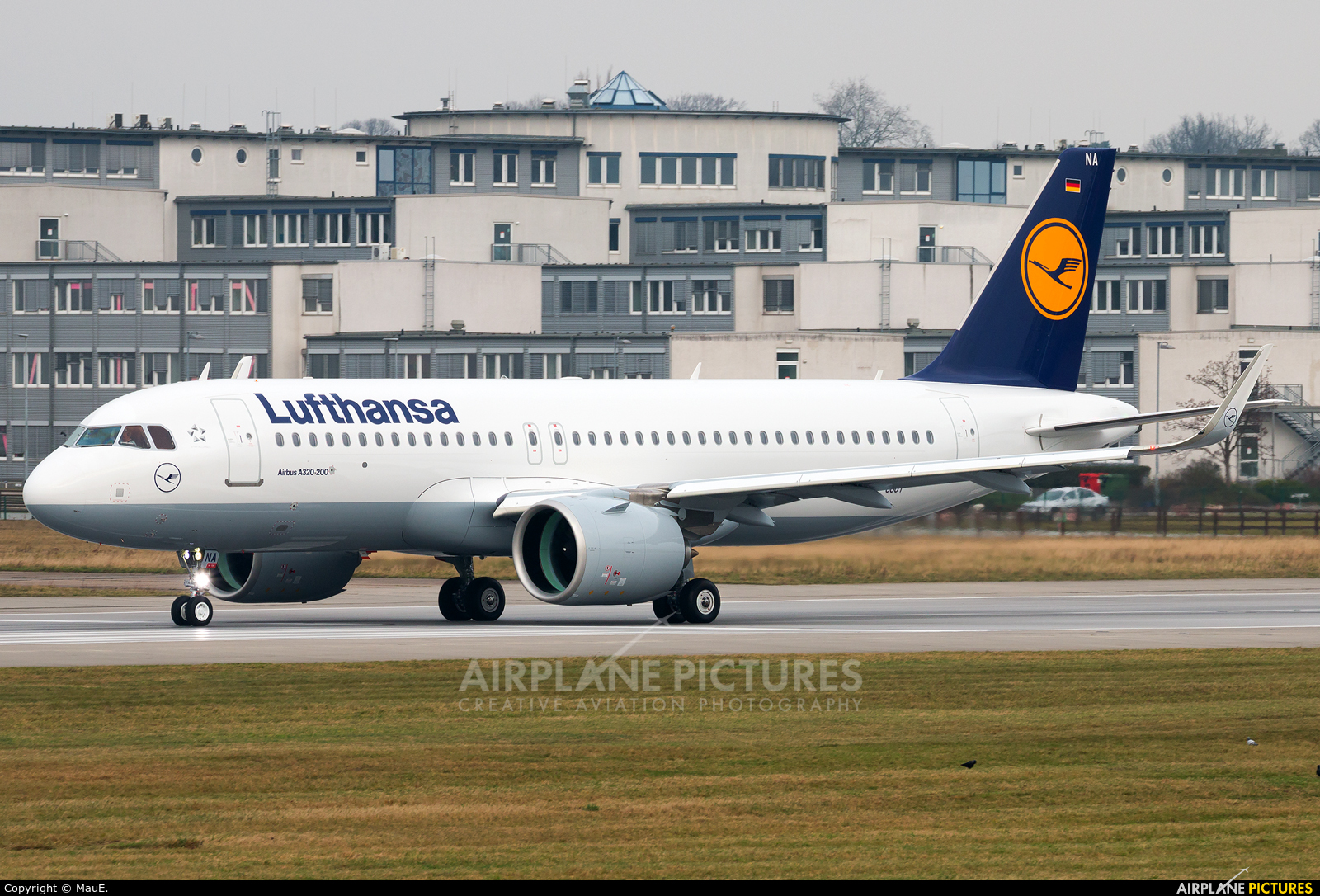Postby jwocky » Mon Dec 21, 2015 10:59 pm
Well, a lot of it is material improvements. Those newer engines run a lot hotter at higher rpms. Then the turbine stages are shorter. New knowledge in aerodynamics (yup that works also in the engines) allowed for better optimized airflow. And the planes grew bigger, means, the room under the wings increased and thus, the engine diameter for the big planes grew easily in the 110 inch class and in some special cases beyond. The Trents of an A380 are 116 inchers. So they are even much longer than the older engines on some older planes but they still look shorter fromt he distance because they are so wide. Add to that electronic management guaranteeing optimal fuel burn and airflow under all conditions, it means they don't really drink less fuel, they just produce in the case of the Trents more power out of it. The fans in the turbines are better designed and more (the older ones had wide-chord blades). In the latest engine generation, the blades of the turbines stages are counter-rotating, that prevents vibrations and thus disturbations of the flow inside and stress to the plane's wings. And with the extra size the number of stages also increased. Old jet engines had sometimes the low pressure and two high pressure stages only, a Trent 900 has 1 low pressure, eight-stage intermediate and six stages high pressure as compressor- Thus the turbine system itself grew to 1 high pressure, 1 intermediate and 5 low pressure stages. So yeah, there was a ot of improvements, material, design based on better knowledge and also ni case of big engines, planes big enough to actually carry them. What isn't there is the one singular new technology that made it all suddenly happen. It was a thousand little steps and more.
Free speech can never be achieved by dictatorial measures!

